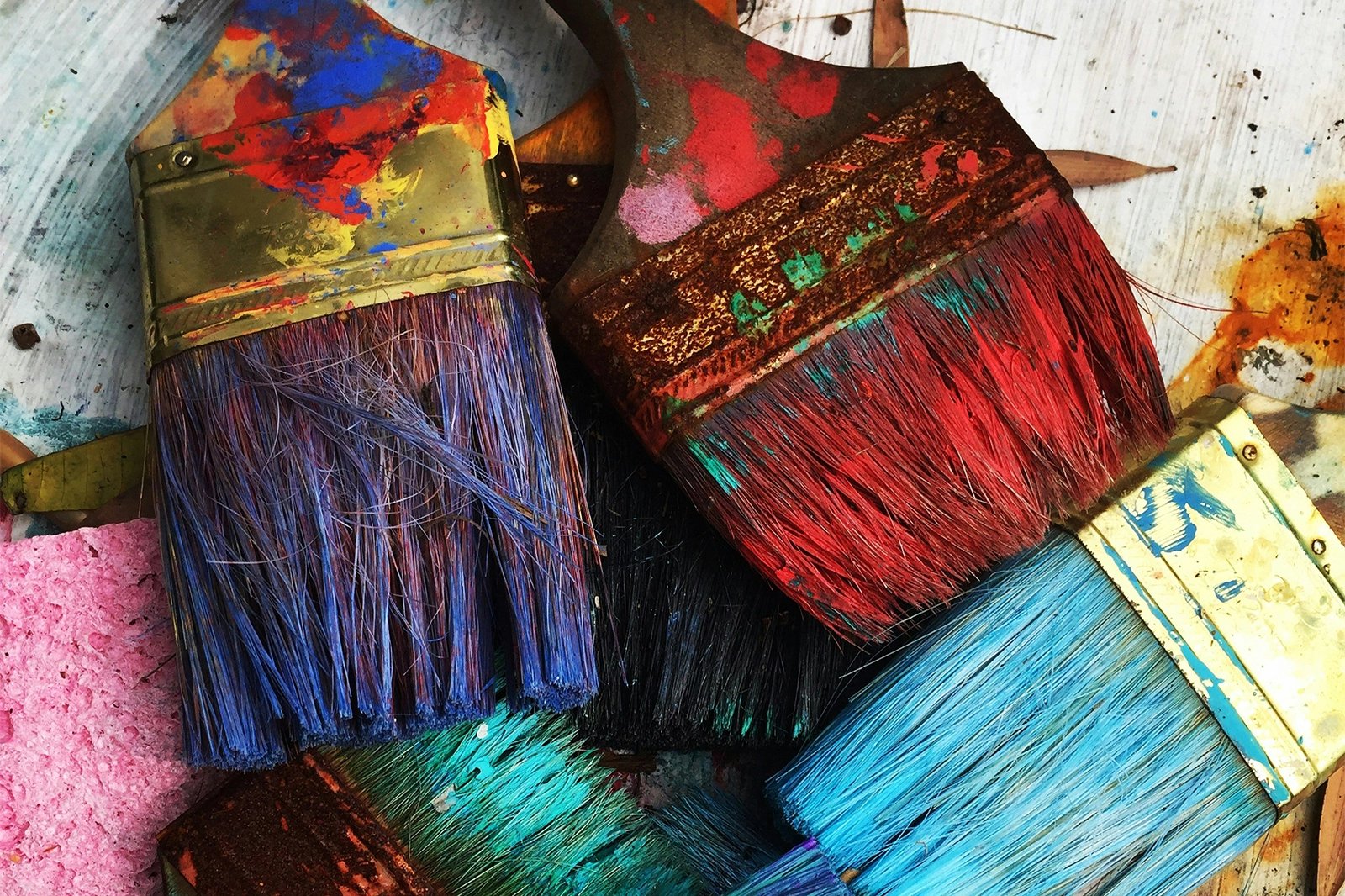There is something inherently primitive about charcoal. It will not flow like ink, it will not gleam like oil paint. It smudges, it dusts, it cracks under tension. It will not be perfect—and that is its strength. When you draw with charcoal, you're not so much depositing marks on paper as you're laying bare emotion in all its weakness.
A Medium That Breathes
Charcoal messes things up. It smears, smudges, deposits shadows of what has come before. But that filth is the essence of the story. Charcoal has been used by artists for centuries because it is immediate. It is a living medium. The medium doesn't require refinement. It gives honesty.
In charcoal, pressure points are everything. A delicate balance drawn across with the tip of a finger can convey more than a hundred drawn slowly and deliberated. The medium does not simply convey emotion—it contains it. You can sense the frustration of the hand that drew it, the hesitations of indecision, the flashes of feeling.
There is also a physicality to charcoal that draws you in. Compared with more "finished" mediums that sometimes demand planning and layering, charcoal holds out the promise of spontaneity. The distance between thinking and making closes. You're responding as much as building—usually more so.
Vulnerability in Monochrome
Working in black and white cuts out the distraction of color. There is no place to hide. The emotion has to be in the gesture, in the light and dark. That stark contrast mirrors the emotional highs and lows we all experience.
Charcoal drawing is a form of presence. The minute you start thinking too much, the drawing will flatter. But when you give yourself over to instinct—when you allow the charcoal to take control—that's where the magic happens. The smudges and softness, the hard edges and silhouettes—they all become part of a language that is sensed by the viewer.
It is also a medium that allows for a multiplicity of emotional undertones in one work. One piece of charcoal can exist with both tranquility and disturbance, lightness and weight. That doubleness makes charcoal extremely rich for examining the complexity of human experience.

Charcoal as Memory, Charcoal as Grief
Charcoal is employed frequently in order to make memory, loss, and reflection. Its otherworldly nature is appropriate for the abstract. Employed in portrait drawings, it may hold sorrow in the crease of a mouth or wistfulness in the tilt of a head. It is not what is shown—it is what is suggested.
Since charcoal is so reactive, it can also be so close. The paper's texture, the hand's movement, the weight of the material itself—it's all narrative. And when something gets you, it's not only to observe. It's to touch. It hums.
Even its erasures—its weaknesses where some thing has been taken away—are significant. Charcoal renders absence as strong as presence. And in doing so, it approximates the manner that memory functions: not as distinct image, but as fleeting affective trace.
A Tool for Artists in Transition
So many artists resort to charcoal when they're looking for something. A breakthrough. A redo. A means of getting in touch with their raw self. The medium itself is not about perfection or gloss. It's about honesty.
I opt for charcoal when I must cut through the noise. There's a directness to it that bypasses all the doubting of self. It's a medium that leaves room for error, but also is respectful of the focus you provide. You must listen to what the drawing is communicating—and what you're attempting to communicate below it all.
And there is also generosity, with which charcoal forgives and changes. Smudge something, re-do it, draw over it, erase again—it's all in the visual dialogue. Charcoal is unlike paint or ink, where every decision can be so irretrievable; with charcoal, you can play without worry.
Why It Endures
In the age of pixel-perfect images and endless undo, charcoal is sublime in its imperfection. It's messy, error-prone, and human. And that's exactly why it continues to be accessible to artists and viewers.
Charcoal doesn't have to be hip to be relevant. It's relevant because it's holding tension. Between light and dark. Between precision and chance. What is said and what isn't.
At its finest, charcoal drawing is not decoration. It's attachment.
So the next time that you view a piece executed in charcoal, take a second glance. Lean into the dark. Track the smudge with your gaze. What you'll discover is not simply a drawing. It is a trace of emotion, left behind by somebody who preferred to communicate something—without ever speaking a word.
And maybe, if you’re lucky, it’ll speak to something in you too.

.svg)

















